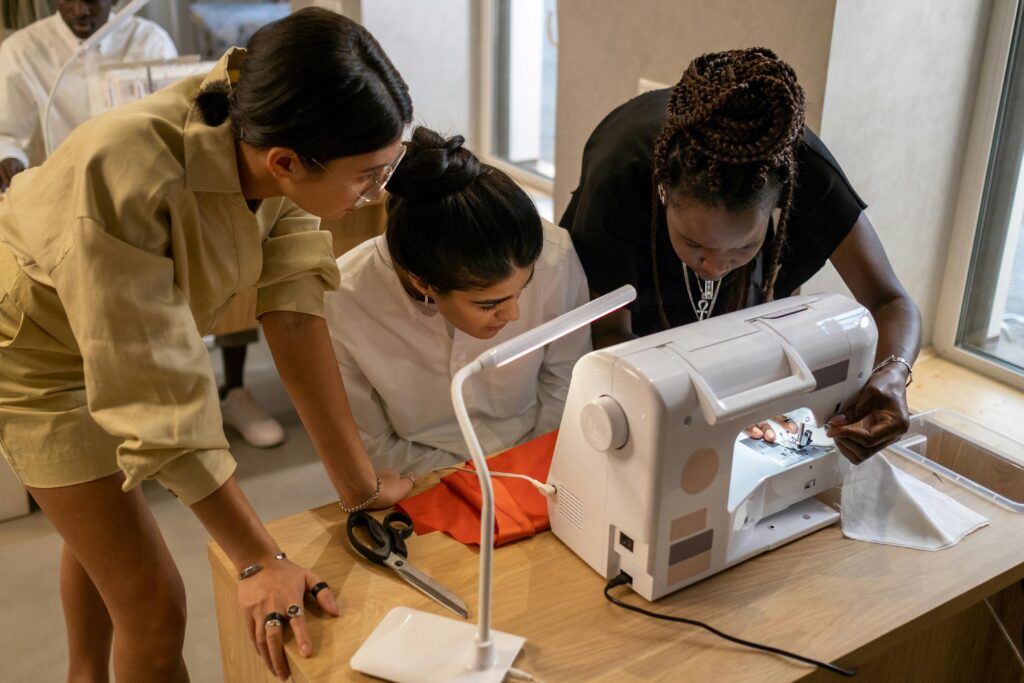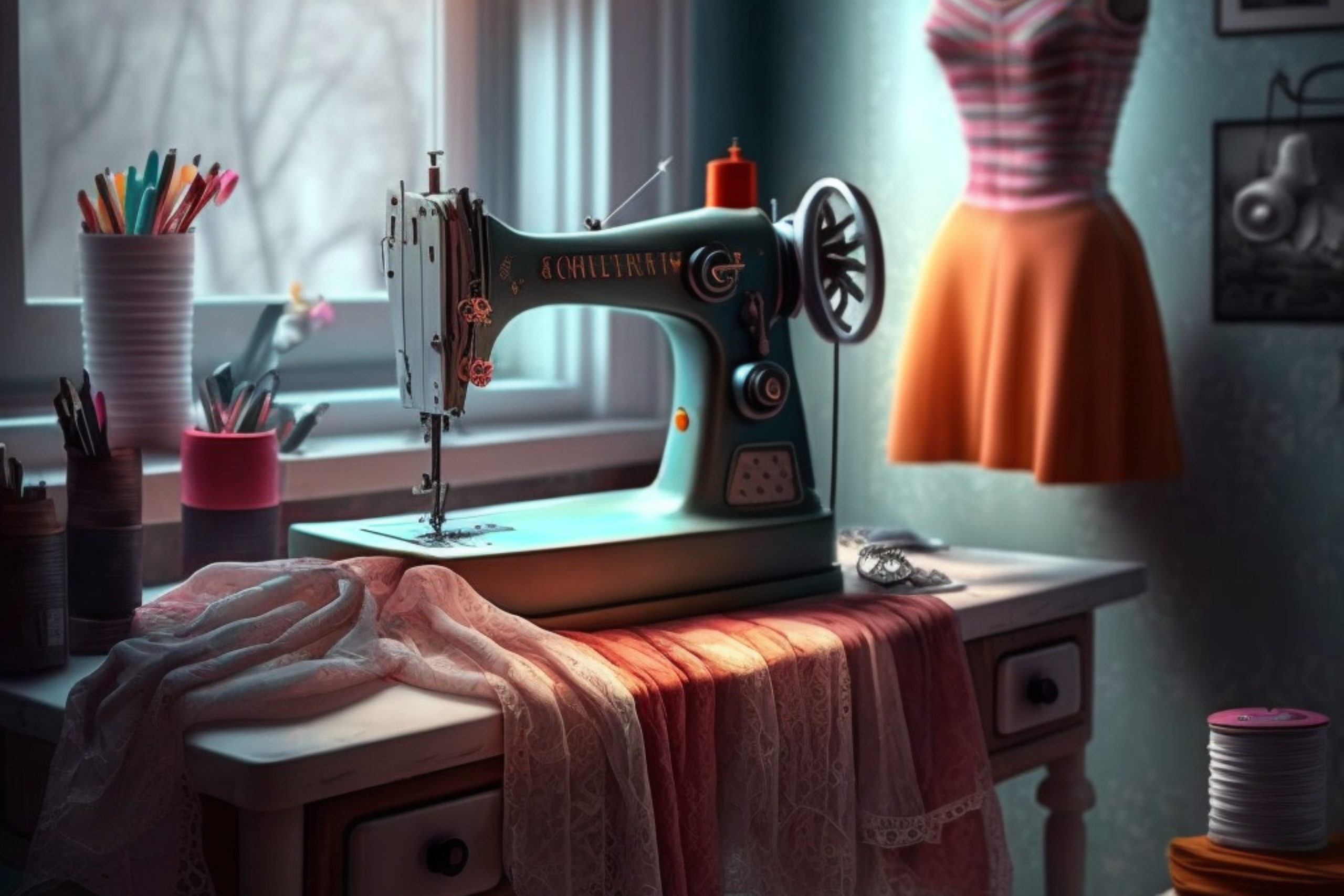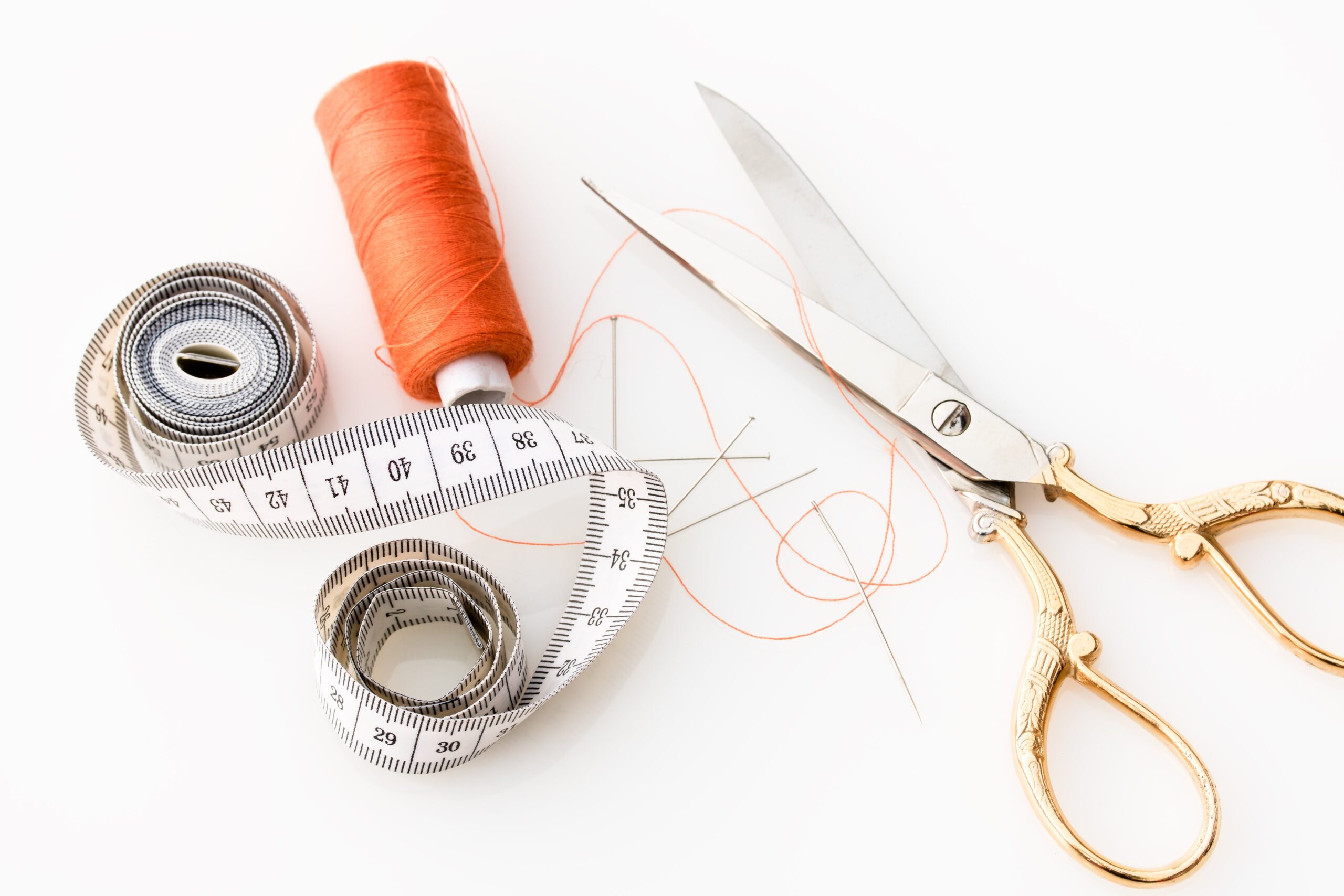
I find that this topic is not one that many like to talk about, but it’s so important to pay attention to because no matter where you’re at in your sewing journey, mistakes are going to happen and there will be some failed projects along the way. By having a lot of experience in this area…LOL, I want to share how you can turn some of those frustrations into learning and building off of those mistakes, so that you become a better sewist.
Let’s face it, failed projects are not fun to endure after all the hard work of cutting the pattern and the fabric out, following the instructions, and sewing it all together only to find out at the end that it doesn’t fit or look like you envisioned, is very frustrating. If you have been sewing for a while, you can definitely agree that this is something we don’t keep up the count on, but one thing that we do know is this…”YOU WILL FAIL AT SOME POINT OR ANOTHER”. This can sometimes be so frustrating that you will want to go from throwing things across the room, to throwing everything away and giving up. However, if you look at your failed sewing projects from another angle, you will realize that there are many lessons to be learned, and today, I want to encourage you with 7 lessons that I believe will help you along the way.
1. Practice Makes Progress
I even like to say on this point that “Practice Makes Better”. I never tell myself something that most of us have heard growing up, and that is “Practice Makes Perfect”, and the reason for this is that I am not a perfect person so I give myself room to make mistakes. I feel like when we set out standard for getting things perfect, we set ourselves up for disappointment.
By practicing, you build more progress along the way and you get better at what it is that you’re practicing. Sewing, just like anything else, takes time to get it right, and a failed project shows us that we are human, we’re going to make mistakes, and we are moving forward towards improvement. The more you practice, you will notice that things become easier along the way and they even look better.
Some examples of this could include sewing straight stitches, zig-zag stitches, sewing on zippers and buttons, and even lining up stripes and plaids. These things take practice, and with more of it, progress will take shape.
2. Patience and Paying Attention To Detail
Slowing down and paying attention to the details of your sewing projects as you go is a key element to getting better at it. I know for me it’s paying attention to the instructions and not rushing along to finish the project. I have found that when rush through the instructions, I usually miss an important part of the construction and it doesn’t come together like it should.
Really paying attention to the details of what you are doing also allows you to understand better why things are being done a certain way. When you get a better understanding of certain steps, it not only help you in your current project, but it also helps you in your future projects.
3. Choosing the Right Fabric
Sometimes more experienced sewists want to get creative and see what a different type of fabric might look like with a pattern outside the recommended fabrics, and that’s ok, because from experience, you may already know what may or may not work. This also can refer to certain pattern choices. Let me explain. The pattern itself may have recommended fabrics that you don’t necessarily enjoy sewing with, and choosing a fabric option that you prefer just might not work with that pattern. This is where I usually make the decision to just choose another pattern.
I simply do not sew with fabrics that I don’t enjoy sewing with, and I have discovered which fabrics I like and don’t like simply by sewing with them. However, that fabric in a blend with another fabric is often an option because it creates a different feel and drape. The only way to know is to simply try and don’t force yourself to sew with a fabric that makes your sewing journey unenjoyable.
4. Improving Your Skills
Just like practicing your skills makes progress, the more you work at it, your skill level is going to continue to grow. One way to see your growth is to take pictures of each of your projects. With each photo, as time goes on, you will be able to clearly see how much you have progressed along the way. This is the part where we can actually value the mistakes we make, because they can help us identify the areas where we need improvement. By doing this, you will improve as you go.
5. Problem Solving
This goes hand-in-hand with improving your skills. After seeing the mistake that you made or what you might have missed along the way, this is where you actually figure out what went wrong. If it’s fixable, this is where you fix it. If it’s not fixable, there is definitely a lesson learned here, and whether it’s fixable or not this is the point where you should make a note within the instructions so that you avoid this mistake when you make the project again.
Problem solving also allows you to be creative in how you fix a mistake, salvage your project, or change something up all together. For example, a skirt or a pair of pants might call for a zipper, but you feel that an elastic waistband might work better or be more comfortable. Things like this makes your a problem solver of your own projects.
6. Being Able To Understand Your Fit
Failed projects will help you understand your fit like nothing else will, in my opinion. Whether it comes out too big, too small, or even fitted but not enough ease, this will make you look over everything to figure out what went wrong. Sizing, seam allowance, ease allowance, fabric choice, etc., are all things you will go over in this situation.
Looking at the pattern envelope cover and how the garment fits the model, is very important in understanding the correct size of ease you might want to have in your garment. No matter the skill level, this is something that every sewist have to deal with from time to time. Sometimes, you may even find out that it’s the sizing of the pattern measurements that may be wrong as well.
7. Perserverance
You really have to persevere through your sewing journey, just as you do with anything else. There is going to be things that you do not like along the way, no matter how much you love the task itself. This is all a part of the process, and you have to persevere through those things that you do not like in order to get to what you are looking for. Keep going. Just as long as you don’t give up, you will grow and you will be so very proud of yourself about how far you have come.
In closing, I want you to understand that you are going to have some failures along the way and there’s no getting around that, but don’t let those things stop you from where you are wanting to go in your sewing journey. Bottle them up and learn from them, because there are many valuable lessons that will help you as you continue to move forward.


